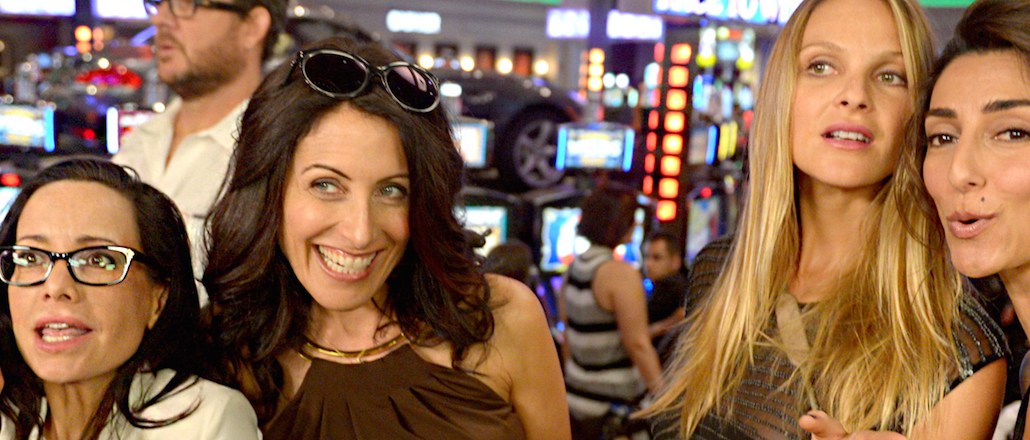
TV executives know that when viewers are watching, they’re also scrolling on their smartphones: 87 percent of consumers use a second screen as they flip channels, according to an Accenture report.
For Bravo Media, whose viewership is 66 percent female and 55 percent aged 25 and 54, the solution to engaging second-screen content was making its series shoppable. So it launched The Lookbook this week, a microsite with fashion and beauty content tied to the looks in its series, “The Girlfriend’s Guide to Divorce.”
“We get a lot of inquiries asking about the fashion and styles of what they see on air,” said Aimee Viles, senior vp of emerging media at Bravo parent NBC. “So we saw a great opportunity, and with how fast mobile is growing, now was the right time to build this destination.”
While viewers are watching an episode, the show will prompt them to check out the Lookbook on Bravotv.com. There, viewers can browse blog posts that characters’ outfit details and watch episode clips uploaded in real time to shop the videos.
Bravotv.com’s traffic, which saw 10.4 million unique visitors in November, is 87 percent female, and 51 percent are age 25-44, according to Quantcast. The highest volume of traffic goes to episode clips, which is where viewers can shop as they watch (full episode integrations aren’t rolled out). As they’re watching a clip, users can hover over a bubble in the top right of the video screen that will show a product that the star is wearing in a scene. When they do, a list of all the featured products in the video will roll down on the right side. From there, they can click to buy on the retailer’s product page.

Right now, that video integration is only available on desktop. On mobile, product cards resembling Pinterest pins will pop up after the video is done to capture the viewer’s attention just after they watch.
Shoppable content is a way to keep viewers interested in a network’s offerings. But it’s also becoming the answer for networks that are combating declining traditional TV advertising rates and online ad blockers. According to Accenture, TV lost 13 percent of its viewership in 2014 — not a promising stat for TV advertisers.
“This is creating a channel for advertisers to reach consumers in a way that adds value,” said Tyler Cooper, CEO of TheTake, the video ad integration platform that’s powering the Lookbook. “This is effective advertising for networks online, where this content is safe from ad blocking, and they have increasing viewers. Plus, they’ll see more click-through than traditional advertising.”
Viles said Bravo thought about how advertisers could get in front of the audience, which resulted in getting Ulta Beauty as the official beauty sponsor of the site. All beauty products featured in the Lookbook will be Ulta products.

Oxygen, also owned by NBC, rolled out a shoppable mobile video component in October with mobile video shopping network MikMak. Categorized as a mini-commercial, Oxygen ran a spot for its documentary series about a female football team called “Pretty. Strong.” The 30-second video showed outdoor fitness moves, and all of the equipment in the video was available to shop on MikMak.
“We want to look at a variety of these types of experiences to see how they’ll work,” Viles said.
With Cooper’s team looking at extending the model to movie trailers, look for shoppable experiences to get even more ubiquitous.
Image via Bravo
More in Marketing

Pitch deck: How Amazon is recasting Twitch as a core part of its CTV pitch
Amazon is positioning Twitch as a defining asset in its CTV ambitions.

Netflix transforms former mall department stores into experiential venues
The location in Dallas opens this week, and one at the King of Prussia mall near Philadelphia opened last month.

Future of Marketing Briefing: AI has created a new talent paradox in programmatic agencies
The job isn’t execution anymore. AI handles that. The job is judgement.





